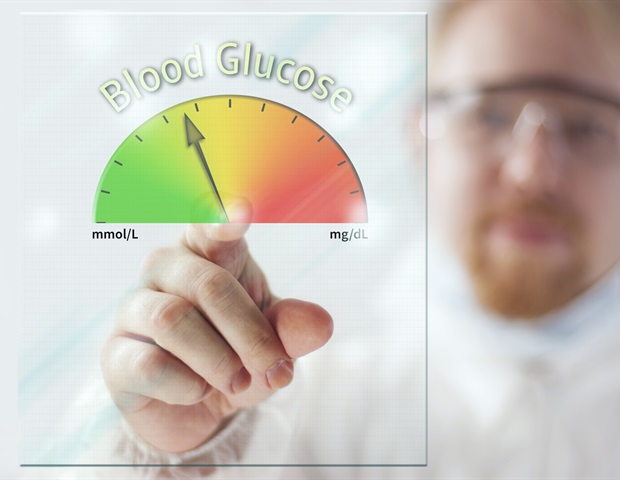In a recent study posted to the bioRxiv* preprint server, researchers evaluated the efficacy of four doses of parental messenger ribonucleic acid (mRNA) vaccine and a BA.5-bivalent booster against recently emerged Omicron sublineages. Additionally, they determined whether prior infection improved the effect of a booster vaccination.
Background
Many Omicron sublineages have emerged since it first emerged in November 2021 in South Africa. Indeed, the severe acute respiratory syndrome coronavirus-2 (SARS-CoV-2) variant of concern (VOC) Omicron is the current dominating variant due to its high transmissibility and immune evasion potential.
Among Omicron subvariants, BA.5 is currently dominant in many parts of the world and shares spike (S) sequence with its close peer BA.4. Now, BA.4/BA.5-derived BA.4.6, BF.7, BQ.1, and BQ.1.1 and BQ.1.1 account for 9.6%, 7.5%, 14%, and 13.1% of the total COVID-19 cases in the US, respectively. Additionally, the Omicron sublineage XBB cases, first identified in India in August 2022, are swiftly surging in Europe and the United States (US).
Previous studies showed that three- or four doses of parental mRNA vaccine did not elicit robust neutralization against BA.4/5, supporting the bivalent vaccine strategy. The newly emerged Omicron sublineages have accumulated additional spike (S) mutations (e.g., R346T mutation). Thus, it is important to evaluate the effect of vaccination sera against these new sublineages.
About the study
In the present study, researchers collected human sera from recipients of four doses of parental mRNA vaccine or a BA.5-bivalent-booster. They compared its neutralization potential against six Omicron sublineages, namely, BA.4.6, BA.2.75.2, BA.5, BF.7, BQ.1.1, and XBB.1.
To this end, the team created an in vivo attenuated recombinant virus with the backbone of mNeonGreen (mNG) reporter gene-embedded USAWA1/2020 SARS-CoV-2 strain and S gene from Omicron sublineages BA.4/5. They used this recombinant BA.4/5-, BF.7-, BA.4.6-, BA.2.75.2-, BQ.1.1-, and XBB.1-S mNG USA-WA1/2020 variant for SARS-CoV-2 neutralization and antiviral screening. In other words, to determine the 50% fluorescent focus-reduction neutralization titers (FFRNT50) of vaccinated human sera.
The team used three human serum panels with unique vaccination and coronavirus disease 2019 (COVID-19) history for the study analyses. The first comprised 25 sera samples taken one to three months after double boosting or four doses of a parental mRNA vaccine (post-dose four sera). The second panel had 29 sera samples collected one month after receipt of BA.5-bivalent-booster sera (BA.5-bivalent-booster sera).
The third panel comprised 23 sera samples collected from previously infected individuals (anti-SARS-CoV-2 nucleocapsid (N) positive) who received a BA.5-bivalent-booster a month ago (BA.5-bivalent booster-infection sera). Note that all participating donors in the second and third panels also received two, three, or four doses of parental mRNA vaccine before receiving the BA.5-bivalent booster.
Study findings
In the post-dose four sera cohort, the FRNT50 geometric mean titers (GMTs) for WA1/2020, BA.5, BA.4.6, BA.2.75.2, BF.7, BQ.1.1, and XBB.1 were 1533, 95, 62, 26, 69, 22, and 15, respectively. Sera from BA.5 bivalent booster recipients showed improved neutralizing activity against all these variants, with GMTs of 3620, 298, 183, 98, 305, 73, and 35 against WA1/2020, BA.5, BA.4.6, BA.2.75.2, BF.7, BQ.1.1, and XBB.1, respectively. However, the effect was most profound for BA.5-bivalent booster-infection sera. It further increased the GMTs to 5776, 1558, 744, 367, 1223, 267, and 103 against WA1/2020, BA.5, BA.4.6, BA.2.75.2, BF.7, BQ.1.1, and XBB.1, respectively.
Conclusions
The study results pointed to several important observations. First, BA.5-bivalent-booster triggered better neutralization activity than an mRNA parental vaccine. However, it could not vigorously neutralize many newly emerged Omicron subvariants, including BA.2.75.2, BQ.1.1, and XBB.1. Second, a previous infection markedly enhanced the magnitude and spectrum of BA.5-bivalent booster triggered immune response against them. Finally, multiple Omicron sublineages, including BA.2.75.2, BA.4.6, BF.7, BQ.1.1, and XBB.1, share the R346T mutation that likely confers higher neutralization evasion. However, XBB.1 exhibited the highest level of immune evasion against all three sera panel(s) used in the study. Thus, these new sublineages could soon replace BA.5 as the dominant Omicron lineage. Nevertheless, the study findings could guide vaccination strategies against the current and future Omicron sublineages.
*Important notice
bioRxiv publishes preliminary scientific reports that are not peer-reviewed and, therefore, should not be regarded as conclusive, guide clinical practice/health-related behavior, or treated as established information.







